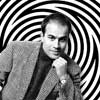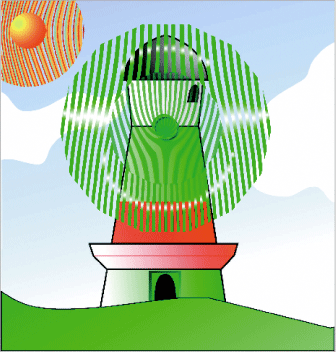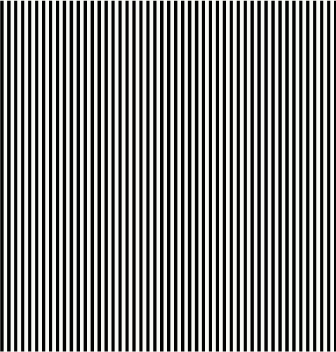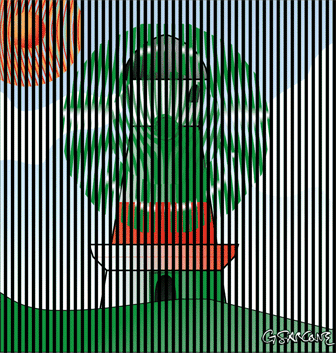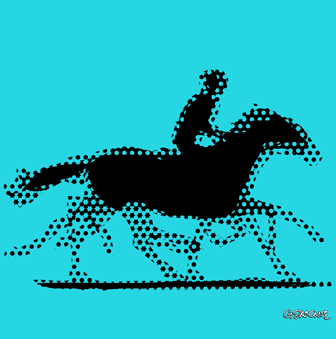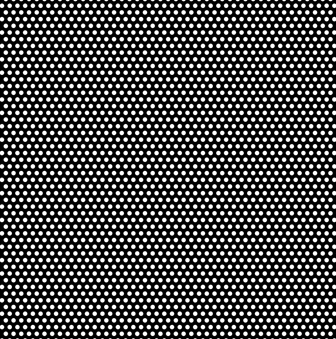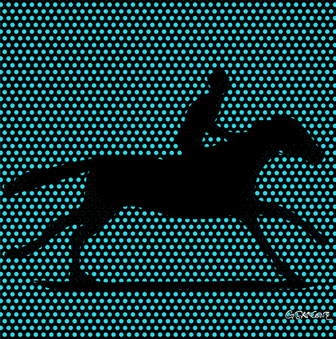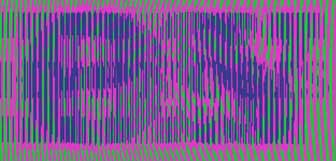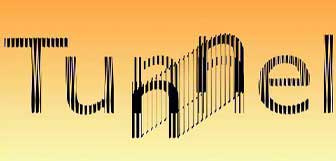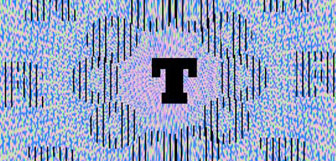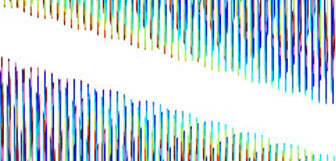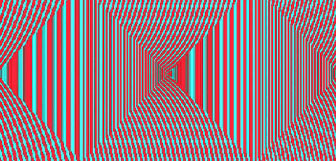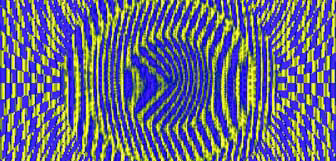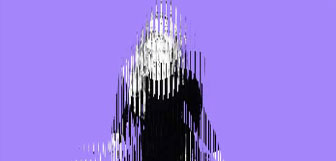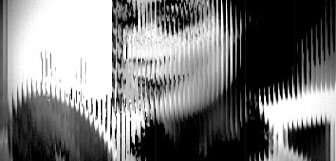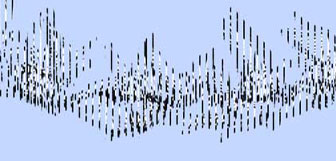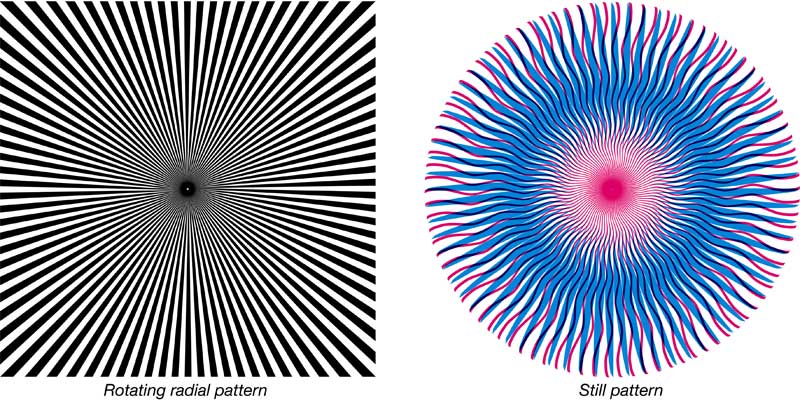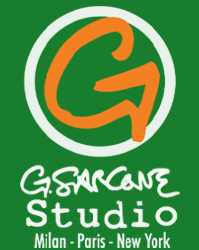
Français - Deutsch - Italiano |
||||||
Inspiration
for the eye and the mind |
Wonder is the mover of the world. Wonder, imagination and inventiveness are the cornerstones of a meaningful life. Each helps to stimulate our mind to assure us of a fulfilling day, every day.
I am an experienced author and visual artist keen about communication. I love to work with brands, publishers and agencies to develop strong content, creative campaigns, and engaging products. My creations prompt the audience to look beyond what seems obvious, to think and to see outside of the box.
|
|
|
|
|
Kinegrams, Art in Motion! Back in the 1960s, the Op Art movement started exploring images that trick the brain into thinking they’re moving. Around 1997, I began creating my own optical kinetic art, which I call “Kinegrams.” Using a technique rooted in early optical principles, I found a way to turn everyday objects into little movie machines. The magic unfolds when transparent overlays, printed with intricate black designs, are slid across static phase-motion patterns, producing a fascinating motion effect—just like those early motion picture toys from a century ago! I vividly remember the first time I watched one of my Kinegrams come to life; it felt as though I had unlocked a hidden dimension inside a static object. How
it works |
|||||||||
|
|||||||||
SAMPLING
AND APPLICATIONS |
|||||||||
| Playing
with words Kinegrams are highly interactive and can be a smart way to teach and promote the pleasure of reading to children. In effect, they allow words to become alive and to poetically transform into images, and viceversa, catching the curiosity and attention of youngsters and adults alike.
|
|||||||||
| Playing
with shapes Kinegrams represent a dynamical and amazing way to investigate the many aspects of shapes and colors. With this technique, hypnotic abstract shapes and patterns appear to move in a loop-like seamless fashion.
|
|||||||||
| Capturing
the emotions and instant of everyday life Any everyday life act or gesture can be visually simulated by Kinegrams: walking, dacing, swimming, flying... Like a very short yet significant film!
|
|||||||||
An
interesting variant: the rotating Kinegram Please note: All Kinegram designs, techniques, and concepts are the intellectual property of Gianni A. Sarcone. Unauthorized reproduction, modification, or commercial use is strictly prohibited and may result in legal action. |
|||||||||
|
|||||||||
|
|||||||||


